The Marketing Playbook
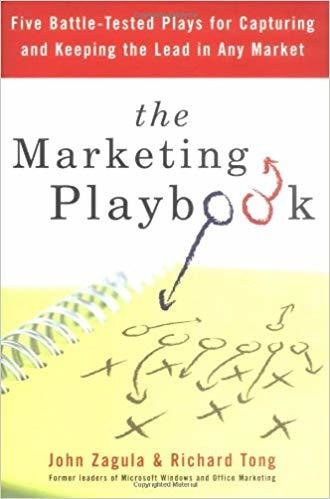
Figuring Out What Marketing Play To Run
Before jumping into a market, you have to understand what you're up against.
Text
Before You Start -Key Gaps To Look At
- Overall market - economics, history, and trends
- Your customers - their desires, frustrations, and unmet needs
- Your competition - Factor in strengths and vulnerabilities of other contenders out there
- Your capabilities - your strengths and weaknesses; the gaps YOU will have to fill in your own capabilities and resources in order to meet your customer needs.
There Are 5 Types of Plays
- Drag Race
- Platform Play
- Stealth Play
- Best Of Both Play
- High-Low Play
The Drag Race

The Drag Race
This is when you call out a single competitor (usually both of you are in the Top 3 and you decide to race against them to win the category or industry)
Text
Examples Of A Drag Race
Text
-
Microsoft Word vs WordPerfect (https://en.wikipedia.org/wiki/WordPerfect#Market_share) - Microsoft went after WordPerfect continuously at trade shows and in marketing campaigns demonstrating that Word was a superior product to WordPerfect.
-
Microsoft Excel vs Lotus 1-2-3 (https://en.wikipedia.org/wiki/Lotus_1-2-3#Decline)
Two Types Of Drag Races
- Fast Follower Drag Race -> When a big player owns too much of the market and you want to steal share from them
- Market-Clearing Drag Race -> When the market is fragmented with too many choices and you have a lot to gain by driving these choices down to just 2:
You and the leader
Text
When To Run A Drag Race
- Your target customers must want to watch a contest
- You have to be in the racing frame of mind (Not for start-ups) as it is resource intensive
- Have the stamina for it (sometimes it goes for years)
- When customers are dissatisfied with the current leader
Marketing Implications
- Product - Make sure you can claim a clearly better product
- Packaging - Package your product to compete - by focusing only one offering only
- Pricing - Price your product to be able to win, meaning you have to have your pricing model down
- Positioning - Position your offering as superior and as the right bet.
- Promotion - Promote your advantages shamelessly and aggressively with direct comparison
The Platform Play
Text
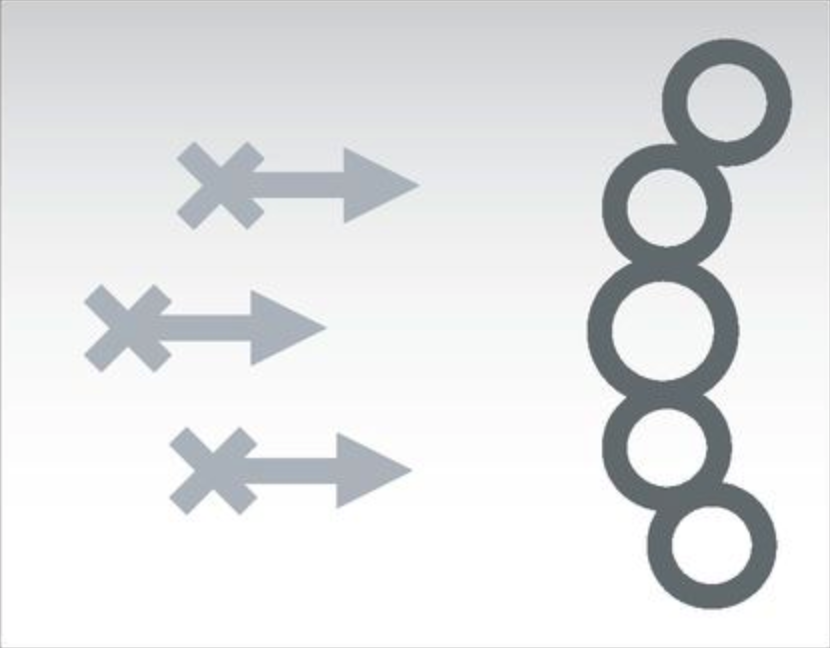
The Platform Play
When a leading company decides to avoid competition by involving everyone in their success to avoid direct competition and comparison
Text
Examples Of A Platform Play
- Amazon.com - Instead of competing with retailers as they did in the mid to late 90s, now a large number of retailers can sell their products through them.
Text
When To Run A Platform Play
- Your industry is ready
- Your customers are your allies
- Much of the market sees your competition as your enemy
- You're strong, confident, and aware enough to share the wealth
Text
Marketing Implications
- Product - You're trying to appeal to as broad a range of possible user/consumer needs as possible.
- Pricing - Maintain affordability and value at all levels.
- Positioning - Establish yourself as part of the industry
- Packaging - Guide your partners to package their products with your stamp of approval
- Promotion - Let the businesses on your platform promote themselves and help promote them to show that you're a good partner
The Stealth Play
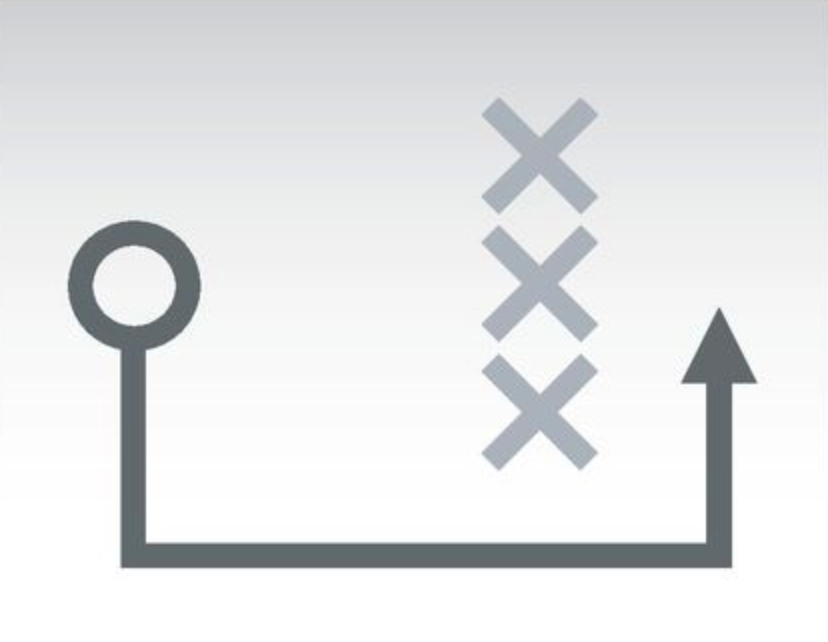
The Stealth Play
The Stealth Play is when you can't beat the competition so you join them or at least stay out their way by going after a particular niche.
In other words, when you enter a market where you face tough opponents who have more clout than you.
Examples of A Stealth Play
- Enterprise Rent-A-Car (https://en.wikipedia.org/wiki/Enterprise_Rent-A-Car#Company_information) - Instead of trying to compete with Avis & Hertz in the airport-focused market, they focused solely on when you need a temporary replacement.
- Netflix - We forget that consuming/buying content on the Internet was a niche in the late 90s (especially for rental business of videotapes), but yes - Netflix started as a stealth play
When To Run A Stealth Play
- You are losing a Drag Race
- There's a Dominant Platform Player
- A Declining but still huge incumbent
Keys To A Successful Stealth Play
Finding The Right Customer Gaps:
- Niches That Are Overlooked
- Add-ons that supplement existing offerings
- Alternatives that feed off the failings of others
Marketing Implications
- Product - Your offering has to be highly compatible with the big player who dominates the industry.
- Packaging - Some form of being subservient (e.g. private labeling, style, complete anonymity).
- Pricing - In many cases, the pricing is high to compensate for the low quantities in your specific niche
- Positioning - Key words: low profile, complementary, isolated, and specialized.
- Promotion - Don't Be A Loudmouth In Your Marketing
The Best Of Both Play
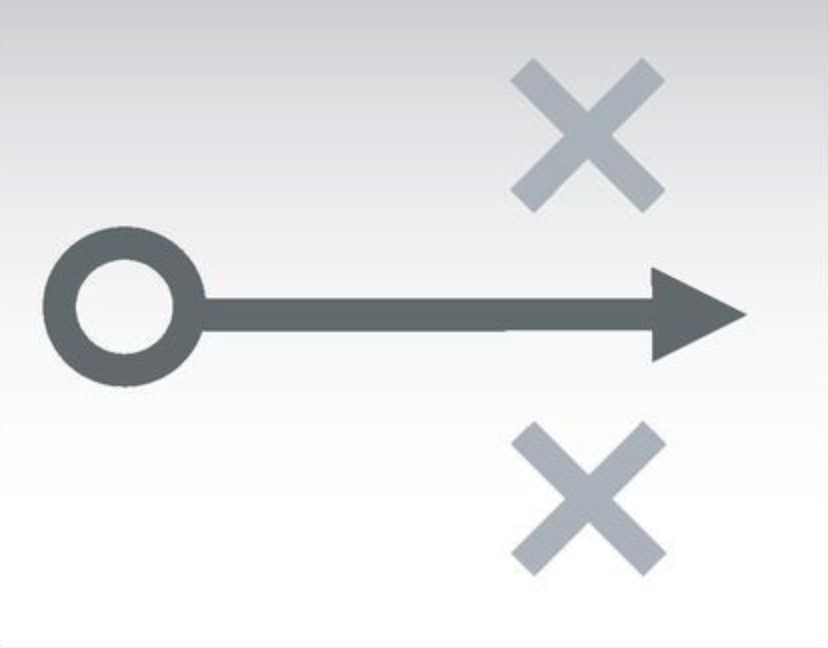
The Best Of Both Play
When you create a new category that blows past the current alternatives OR when you combine two separate niches into a category that has never been combined before.
Examples of A Best Of Both Play
- Japanese Luxury Cars (https://en.wikipedia.org/wiki/Lexus#1980s:_The_F1_project) - Before 1989, consumers could either buy a very expensive luxury car from Europe, or they could buy a mass-produced fuel-efficient car from Japan. The chairman of Toyota decided to create a new category of Japanese superluxury cars called Lexus.
- Laptops (https://en.wikipedia.org/wiki/Compaq_Portable) - In the early days of personal computing, you either had the choice of buying a bigger desktop computer or if you wanted something portable, your only option was a calculator. Compaq decided to make in 1982, the Compaq Portable, which broke industry sales records at the time.
When To Run A Best Of Both Play
- The industry has to be ripe for change
- Customers have to be willing to come from all sides - it's about closing a big gap in the market and finding a way to close it.
- It's defined by competition - you're bringing a fresh breath of air to a "stale" market
Marketing Implications
- Positioning - "Why be forced to choose? You can have it another way. Your way."
- Packaging - Keep it simple as your only offering 1 product.
- Pricing - It has to represent very good value for money, so you have to price based solely on value.
- Promotion - You're going after the middle ground of customers so you have to make sure to reach them. Getting industry analysts on your side is a key asset.
The High-Low Play
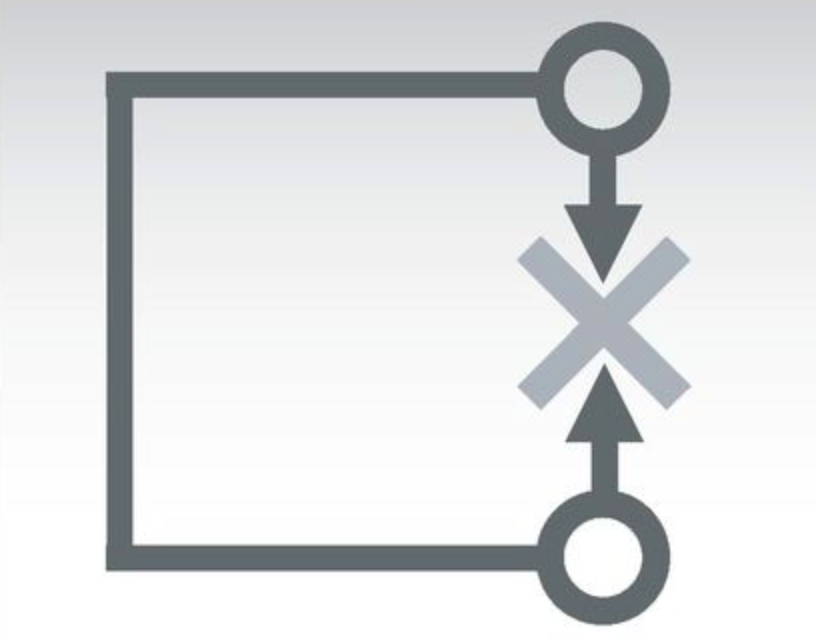
The High-Low Play
This is the inverse of Best Of Both Worlds. This is when you attack a competitor from both the high end and low end.
Toughest play to run because you're developing 2 seperate marketing offerings with distinct value propositions
Example of A High-Low Play
- iPhone 5c & iPhone 5s (2013) (https://en.wikipedia.org/wiki/IPhone_5C#Commercial_reception) - iPhones generally are considered high-end, and in 2013 Apple released the 5s (high-end) and 5c (low-end) at the same time to target both the high and low-end portions of the market.
When To Run High-Low Play
- When Customers Like Where They Are
- What You Can't Do Is As Important As What You Can Do
- When You Have The Resources to Pay Attention To Both Ends Of The Market
Marketing Implications
- Positioning - "Why compromise?" Different people have different needs.
- Packaging - High-end product goes for WOW factor, low-end product is just an entry point.
- Pricing - High-end product focuses on greater margins, low-end product tries to generate more sales volume.
- Promotion - High-end consumers are usually early adopters or connoisseurs. Low-end consumers are more bargain hunters.